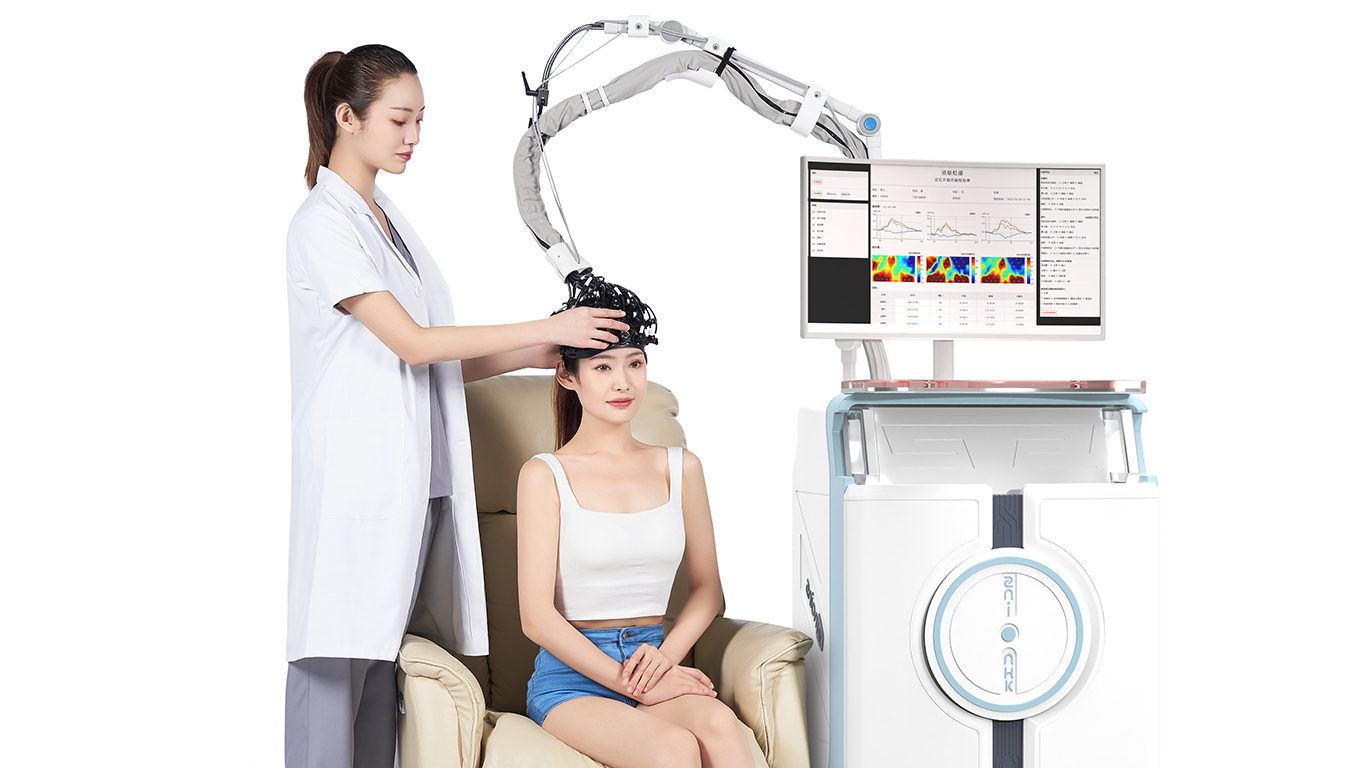Please cite this article in press as: Xu G, et al. The study on the frontoparietal networks by continuous theta burst stimulation in healthy human
subjects.
Behav
Brain
Res
(2012),
http://dx.doi.org/10.1016/j.bbr.2012.11.015
ARTICLE IN PRESS
G Model
BBR
7987 1–9
Behavioural
Brain Research xxx (2012) xxx– xxx
Contents lists available at SciVerse ScienceDirect
Behavioural Brain Research
j ourna l ho mepage: www.elsevier.com/locate/bbr
Research report1
The study on the frontoparietal networks by continuous theta burst stimulation
in
healthy human subjects
2
3
Guangqing Xu
a,b,1
, Yue Lan
c,1
, Dongfeng Huang
b
, Shaozhen Chen
b
, Ling Chen
a
, Jinsheng Zeng
a
,Q1
Zhong Pei
a,∗
4
5
a
Department of Neurology, The First Affiliated Hospital, Sun Yat-sen University, Guangzhou, China6
b
Department of Rehabilitation Medicine, The First Affiliated Hospital, Sun Yat-sen University, Guangzhou, China7
c
Department of Rehabilitation Medicine, The Third Affiliated Hospital, Sun Yat-sen University, Guangzhou, China8
9
h
i
g
h
l
i
g
h
t
s10
11
∗We
examine the brain regional interactions for visuospatial attention.12
∗We
use ANT paradigm to examine cTBS-induced changes in alerting, orienting, and executive control efficiency.13
∗The
PPC and DLPFC regions in the right hemisphere play the crucial role in spatial orienting and resolving conflict function.14
∗There
are some competitions, not only between two hemispheres, but also between different brain regions in the same hemisphere.15
16
a r t i c l e i n f o17
18
Article history:19
Received 1 August 201220
Received in revised form 8 November 201221
Accepted 12 November 201222
Available online xxx
23
Keywords:24
Spatial
attention25
Frontoparietal network26
Theta burst stimulation27
Inhibition28
a b s t r a c t
Frontoparietal networks (FPNs) including the regions of the posterior parietal cortex (PPC) and dorsolat-
eral
prefrontal
cortex
(DLPFC)
have
been
implicated
in
visuospatial
attention.
However,
the
fun
(徐光青,中山大学附一康复科)正常人额顶叶给予cTBS经颅磁刺激的研究


